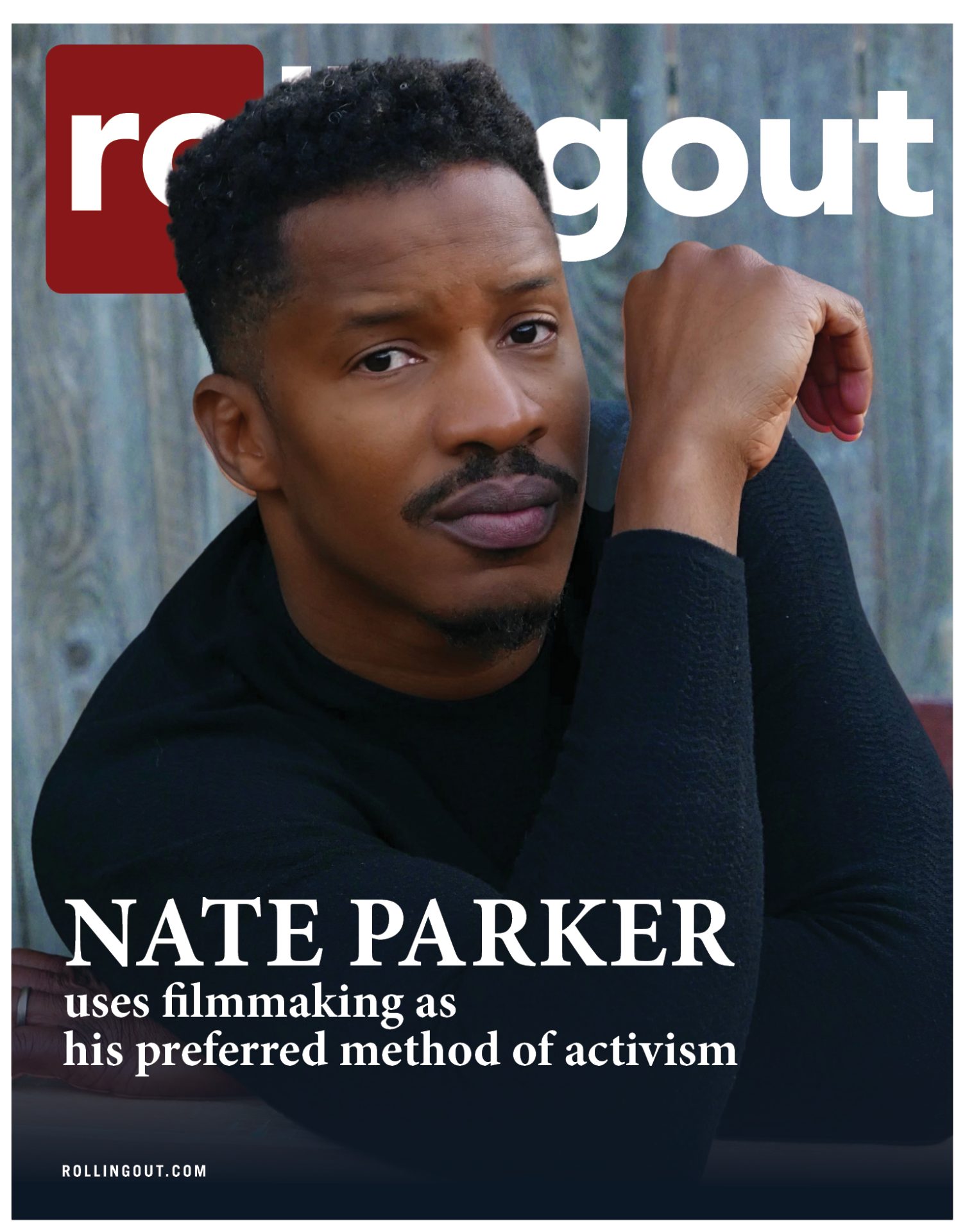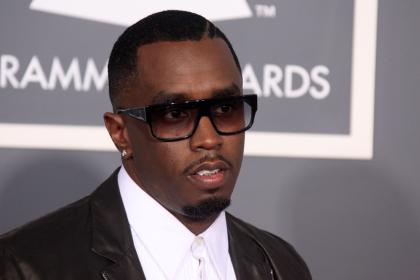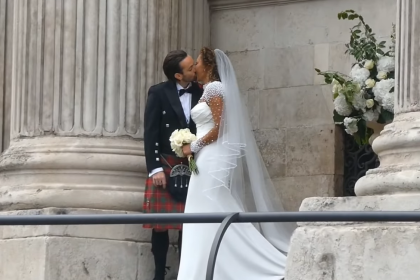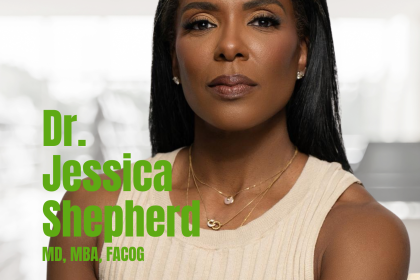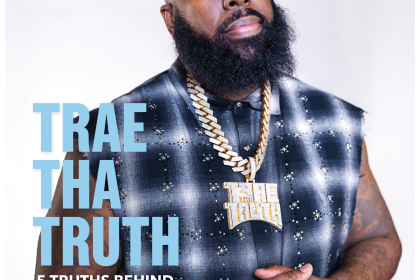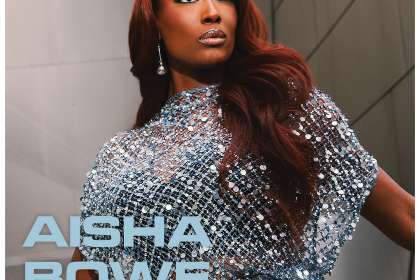Story by Zondra Hughes
Images by Kawai Matthews for Steed Media Service
It’s odd that his singular name, Common — aka the artist formerly known as Common Sense — defies everything about him. Average he is not. Common is uncommonly talented, uncommonly successful, and uncommonly magnetic.
Some fans clamor to get to know him, while others feel they already do. But both camps are sure to be satisfied with his autobiography, One Day It’ll All Make Sense, in which he reveals the plight of the freckled-faced, skinny Chicago kid that grew into the hip-hop artist and leading man that he is today.
In the book, Common shakes the snakes. He makes music. He disappoints his mother, and gradually, wins her over. He has sex with groupies. He writes raunchy lyrics. He falls in love and becomes a father. He makes movies. He grows. He sets the socially conscious music standard, and like the other rappers of his ilk, becomes a revolutionary voice of a hip-hop genre that pays homage to a lost era and a lost people.
Common puts all of his business on display — even the things that most celebs pay top dollar to make disappear.
And he’s fearless.
“To a certain extent, a lot of [things in the book] are things that happened in my life,” he says. “I’m not ashamed of the things that have happened in my life. I’m not ashamed that I was scared at one point. I’m not ashamed that I was heartbroken at one point. I’m not ashamed that I was fighting at one point, because those are the things that I went through and experienced, and that’s what life is about. You gotta go through those experiences.”
Common rapped in high school but dissolved the group when he attended Florida A&M to study business administration. While there, he earned money as an emcee. During his sophomore year, The Source featured his lyrics in October 1991 as “Unsigned Hype.” That mention led to a record deal from Relativity, on their core-metal label, Combat.
In short order, Common dropped out of college to work on his 1992 album, Can I Borrow A Dollar?
Common’s mom, Dr. Mahalia Ann Hines, an educator, wasn’t thrilled about her son pursuing rap as a career, and there was no changing her mind about that.
“I think, at a certain point, my focus was not about changing her mind — it was, this is my dream, this is what I dreamed of for me, so I have to pursue that dream and live that dream,” Common says. “I love my mother, I respect her, but this is my dream so I have to go for it.
“I think I was able to change her mind organically. My intention wasn’t I gotta do this thing to make my mother love it — even though I’m not going to act like I didn’t want to make my mother proud, but I think I was able to change her mind by putting her on my record cover, and ‘one day, it’ll all make sense, right?’ ”
Common made his debut during the height of gangsta rap’s violent, misogynistic era, when N.W.A., (Niggaz Wit Attitude) aka “the World’s Most Dangerous Group” dominated the charts.
In 1991, their album, Efil4zaggin, which is Niggaz4life spelled in reverse, broke records as the first gangsta rap album to reach No. 1 on the Billboard charts. The following year, Dr. Dre’s The Chronic dominated the gangsta rap music scene.
Common’s Can I Borrow A Dollar? hit the streets that same year, with sales so weak (2,000 units) that he came close to quitting the game.
Nevertheless, Common didn’t quit — his inner voice wouldn’t allow it.
“You have to believe in what you’re doing. You gotta know that everything that you want in life … you can have,” he says. “It’s gonna take some work, and it’s gonna be some tough times, but you’ve gotta experience it and keep focused on what you really want out of it and what your goal is. Without struggle, there is no progress.”
Gradually, Common’s mother saw the light, his light, his vision for what hip-hop used to be — a vehicle of real storytelling, complete with jazz, funk, and bass-laden riffs. His mother witnessed him emerge as a talented artist of thought and purpose, blessed with success and charisma without the taint of swagger overload.
“Honestly, I think that she just [saw] that I really loved it, and what my music was starting to evolve into, and she just gradually changed her perspective on it,” Common recalls. “She saw that this music was of substance, and had something to say.”
Substance is the source of “the light” that hip-hop heads speak of when referring to rap’s conscious movement populated by artists such as Talib Kweli, Wu-Tang Clan, Mos Def, Lupe Fiasco, Black Thought and Common.
That light is also inspirational according to Chicago artist Karl Kusreau.
On this day, Kusreau is one of hundreds of fans standing in line at Macy’s on State Street in Chicago. Kusreau is at the head of the line, cradling his portrait of the star. “I drew this to pay homage to an album [Be] that inspires people. He not only inspires people with his music, but also with his actions. What he’s doing in the street inspires other people, so he’s going to pass this on for generations. So if you look at the painting, the rays of light actually [represent] him speaking light, because that’s what he’s about.”
Common arrives and a crush of fans, young and old, in a spectrum of colors, scream his name. He smiles, thanks them for coming and settles in to sign books. Common studies the portrait, connecting with it. His face shifts from awe, to fascination and appreciation. The artist Kusreau, beams.
A Man for the People
Common’s link to the ordinary fan stems from his former life as an invisible man, a nameless face in the crowd.
Born Lonnie Rashid Lynn Jr. on March 13, 1972, to pro baller Lonnie Lynn, and educator Mahalia Ann Hines, the freckled, slight, neighborhood kid was easy to overlook; and he didn’t forget the sting of rejection.
Even today with the 1,000-watt smile, muscular frame, Hollywood fame and solid street cred to match, Common prefers to connect with the common girl, the overlooked fan, or the artist with a portrait to share. That nameless face in the crowd becomes so special to him because he or she has been ignored by everyone else.
“I feel that compassion for people who sometimes do get overlooked, because I know what it’s like to get overlooked, to not be recognized and to be invisible sometimes,” he says.
Avoiding Politricks
Common is creative, alluring and intuitive, traits that may explain his longevity and relevance in a fickle industry.
Not that those attributes inoculate him from controversy. Common’s invitation to perform his poetry at the White House provoked a Fox News analyst to call the rapper, actor and author “vile.”
It was a laughable, (perhaps racist misfire), but the first family was swept up in the madness, and Common was forced to address the brouhaha.
“They definitely didn’t do the research on Common. Anybody who knows Common, they know the positive energy that comes out in my lyrics in the songs about love and consciousness,” Common told CNN’s Piers Morgan on “Piers Morgan Tonight.”
During the same interview, the crafty British journalist asked Common if he, like some vocal blacks, was disappointed in President Obama’s performance thus far.
Common sidestepped that trap eloquently. “The president has been not only a symbol for hope,” he replied, “but an activist for hope.”
Telling His Story
Given the work required to avoid such scandal traps present in today’s 24-7 social media-driven landscape, Common concedes that he had second thoughts about penning a tell-all autobiography.
“At one moment, I was like, man, I can’t believe I did all of that,” he laughs. “But, you know it feels like you’ve seen me naked. … I can go out to the people that I want to, now, right?”
Common pauses, as if recollecting on the secrets he’s published. “I feel good, even though I had a spurt for a second when I said, ‘man I put a lot of stuff out there,’ he says, reiterating, “I feel liberated — and good.”


